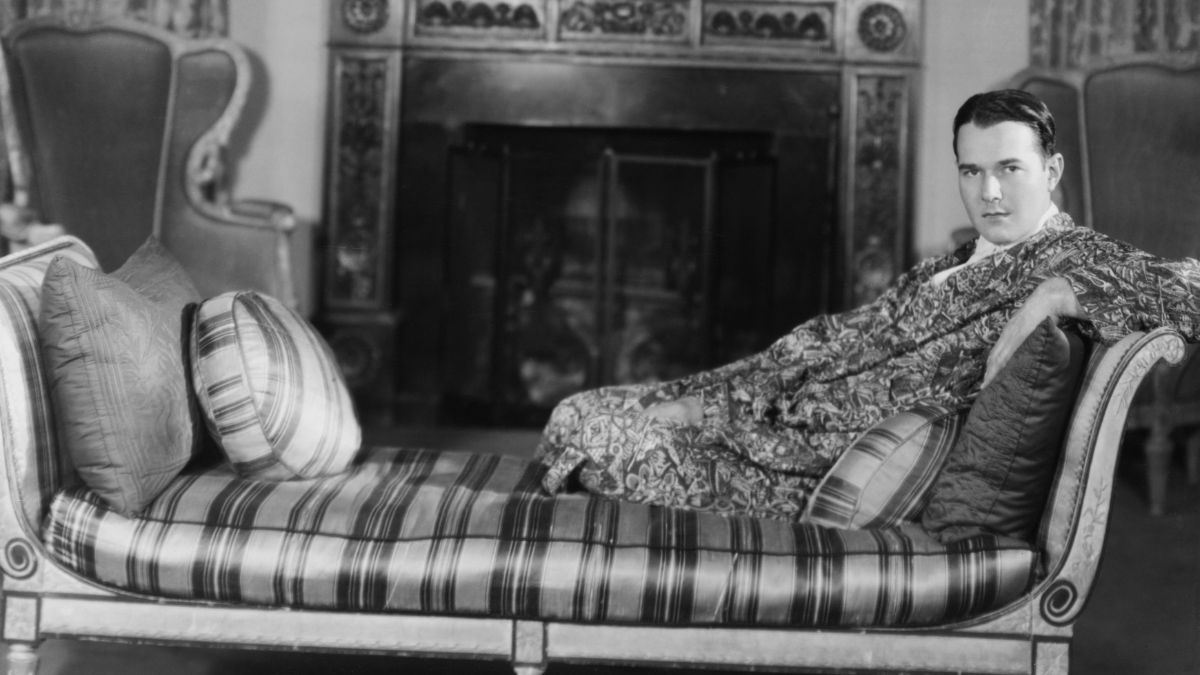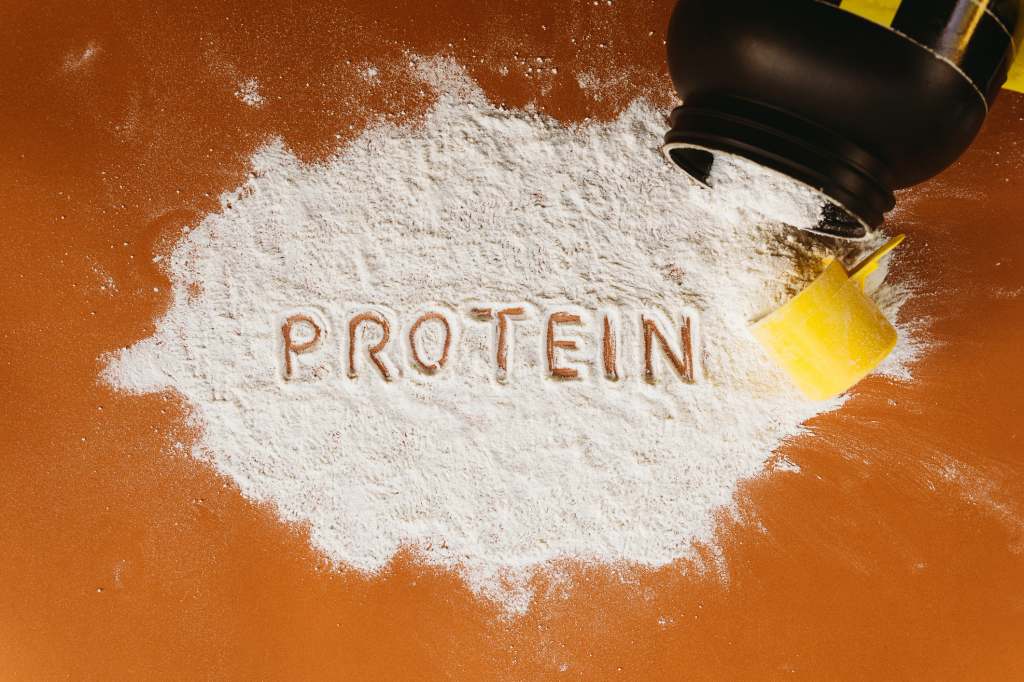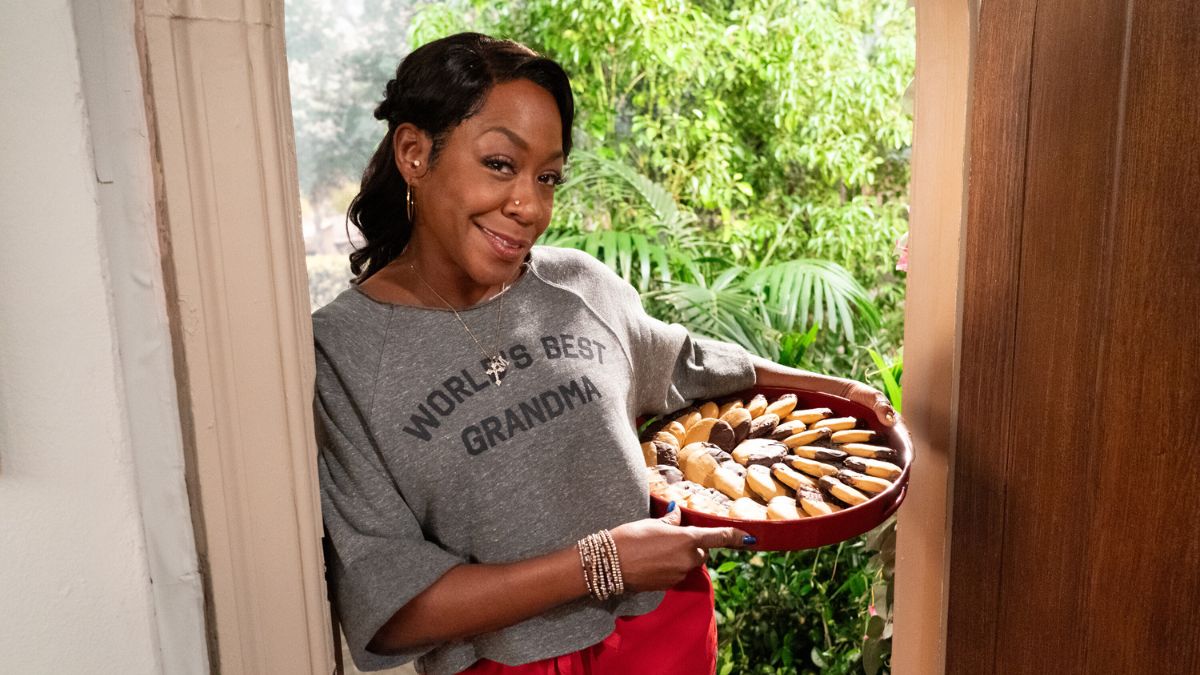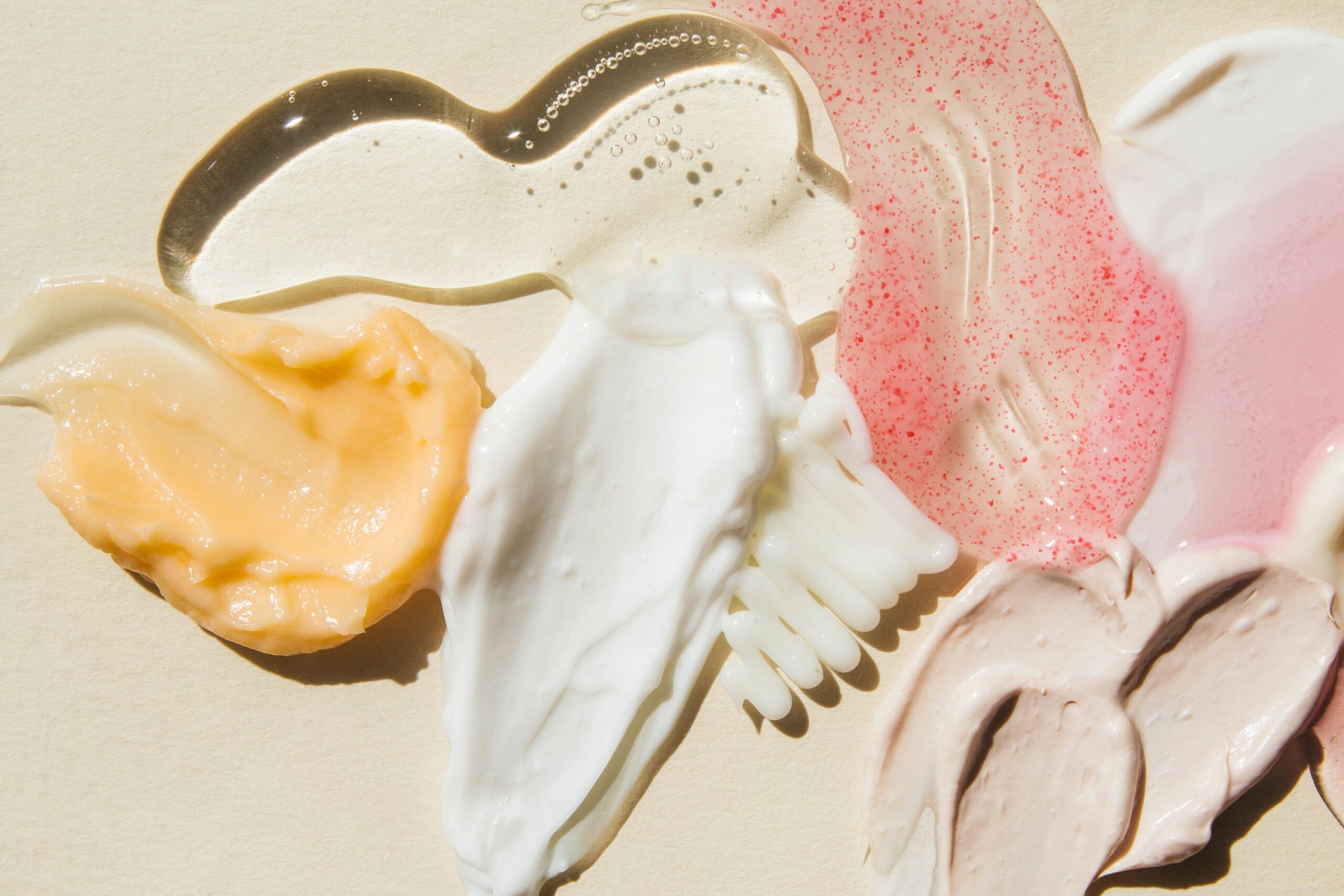How a Silent Film Star Sacrificed Hollywood Glory for an Unforgettable Love Story That Defied All Odds
Ever wondered how a “Silent Film Era” could be anything but quiet? Well, back in the roaring 1920s, Hollywood was sizzling with scandals and star-studded dramas that made today’s tabloids look tame. Among the brightest stars lighting up the silver screen was William Haines — not just for his undeniable talent, but for being one of the first in Hollywood to live openly with his truth at a time when secrecy was the norm. His story isn’t just about fame; it’s about daring to be authentic, facing adversity head-on, and a love story with his partner Jimmie Shields that broke barriers and warmed hearts. Buckle up, because this isn’t your usual Hollywood fairytale—it’s a raw, profound glimpse into the life of a trailblazer who rewrote the script of what it meant to be a star. LEARN MORE
Despite being referred to as “The Silent Film Era,” 1920s Hollywood was filled with several highly talked about scandals, love affairs and dramas. One of the most notable was William Haines, a silent film star who not only made headlines for his talent but for his sexuality as well. We look at the actor’s groundbreaking career and his moving love story with Jimmie Shields below.
The early life of William Haines
Haines was born under the name Charles William Haines on January 2, 1900, in Staunton, Virginia, into a very popular cigar-making family. At the time of his birth, his two older siblings had died in infancy and, following that, his parents welcomed four other kids, all of whom lived to see adulthood.
Aside from cigars, the Haines family was also very involved in the Trinity Episcopal Church, and it was there that he joined the choir and fell in love with performing. Sadly, though, singing wasn’t enough for Haines to stay in Staunton, and at age 14 he ran away from home with his boyfriend. Together, they opened a dance hall and supposed brothel in Hopewell, New Jersey, to help supplement their income. His parents eventually tracked him down and made a deal with Haines that he could continue to live on his own as long as he sent some of his salary their way.

Haines did so until 1917, when he moved back home to help support his family after the cigar business went bankrupt. He remained there until 1919 and then decided to move to Greenwich Village in Manhattan, New York. It is unclear if his boyfriend came with him, but they did go their separate ways at some point during that time.
Upon his arrival in New York City, Haines worked as a model for three years. He then won the Goldwyn Pictures’ “New Faces of 1922” contest, resulting in him being carted off to Hollywood with the female winner, Eleanor Boardman.
William Haines becomes a Hollywood household name
After moving to Hollywood, Haines worked as an extra in a variety of silent films before booking his first-ever starring role in the 1923 film Souls for Sale, which also starred Boardman. This skyrocketed his career, and by 1927, he was one of seven MGM actors to have his name above the movie title on promotional posters. Additionally, he even worked with stars like Mary Pickford and Douglas Fairbanks.
“He is embarrassingly frank in everything that he does. He carries about him no inhibitions or ‘spooks’ as to convention or precedents and does what he damn well pleases, either because he wants to or because he thinks it is right,” Fairbanks said of Haines. “He is candid to a fault. He is the life of every party— its most likable fool and, at the same time, its most profound philosopher. He is a diligent worker, and the majority of his most amusing scenes are the result of an impromptu inspiration. He would rather be a serious actor than a comedian, but being a good businessman, he knows that at the moment his success lies in comedy.”

By 1930, he had over 50 film credits to his name, but it all came crashing down after MGM discovered his sexuality and ripped up his contract. He starred in a few films after that, but in 1934, he left the film industry altogether, opting instead to open an interior design company with his long-term boyfriend, Jimmie Shields.
“It’s a rather pleasant feeling of being away from pictures and being part of them because all my friends are,” Haines said of his firing. “I can see the nice side of them without seeing the ugly side of the studios.”
A look at William Haines and Jimmie Shields’ groundbreaking love story
Throughout his career, Haines’s view on his sexuality evolved quite a bit.
In the beginning, he tried his best to hide it and even paid off various press members to ensure that his relationship status never made the front page. That all changed, though, in 1926 when he met Shields while in New York City.
They moved back to Hollywood together and remained a couple for the rest of Haines’s life. In fact, they were so openly in love with one another that Haines refused to enter into a lavender marriage—when a gay man marries a woman to cover up his sexuality—even though it could have potentially saved his acting career.
“I am already married,” Haines reportedly told Louis B. Mayer, studio chief of MGM, after being pitched the idea. “I’ll be glad to give him up just as soon as you give up your wife.”
After leaving acting, Haines and Shields created an interior design company and even worked with stars like Joan Crawford, Marion Davies, Gloria Swanson, Ronald and Nancy Reagan and Betsy Bloomingdale.

Despite all of the love they had from the acting community, Haines and Shields were still targets for a lot of people, and in 1933, the former actor was even arrested at the Young Men’s Christian Association (YMCA) after they found out he was gay.
After that, in 1936, Haines and Shields were taken from their home by a supremacist group called “The White Legion” and were beaten nearly to death. This came after one of the couple’s neighbors falsely accused them of child molestation and prostitution after someone saw them giving a child six cents to leave their lawn.
All of the charges were soon dropped, and the men who beat Haines and Shields were never charged.
To avoid being abused again, though, Haines and Shields moved to Brentwood, California, and stayed there until Haines’s death in 1973.
The death of William Haines
Haines passed on December 26, 1973. He was 73 years old and died from lung cancer. Before his death, he continued his work as an interior designer and briefly served in WWII. He remained with Shields throughout it all.
Shields died three months later after overdosing on sleeping pills.

“Goodbye to all of you who have tried so hard to comfort me in my loss of William Haines, whom I have been with since 1926,” Shields wrote in his note. “I now find it impossible to go it alone. I am much too lonely.”
To this day, Haines remains one of Hollywood’s first openly gay film stars and is often praised for helping break down that barrier in the film industry.




















Post Comment